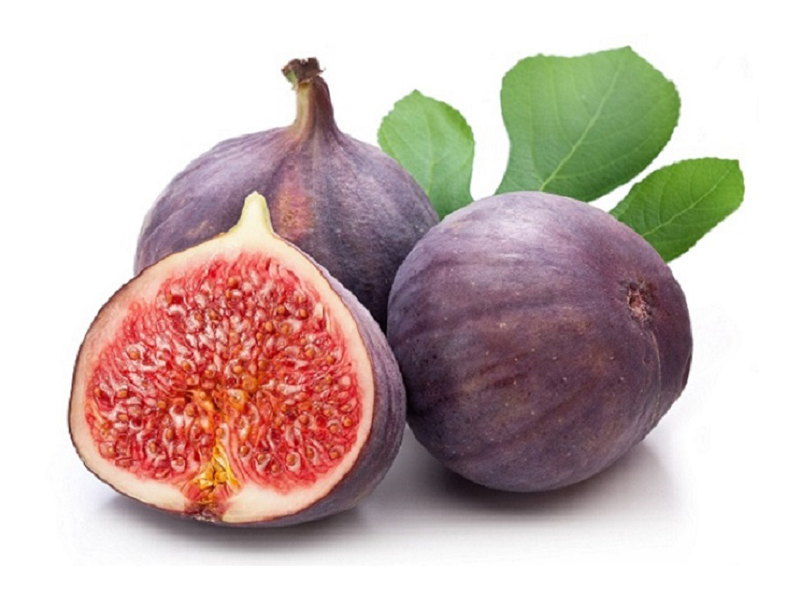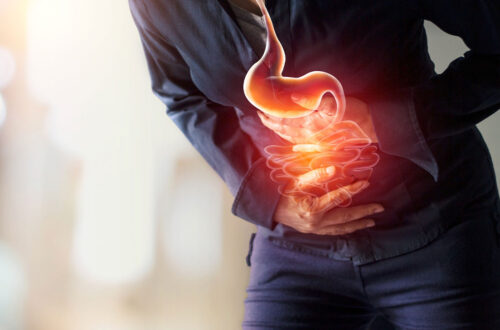HEALTH BENEFITS OF FIGS
One of the benefits of figs is that they soothe the bronchial passages, and as a food for the respiratory system, figs invigorate the body.
Most classical Greek athletes who follow some sort of recommendations by Galen for effective performance include figs in their diets so as to restore strength. Today, figs still play a major role in the diets of those who dwell in the rural areas of Greek, Spain, Italy and Portugal.
Some common names includes:-
Common fig
Poor-man’s food
French: Figue
Spanish: Higo, breva
German: Feige
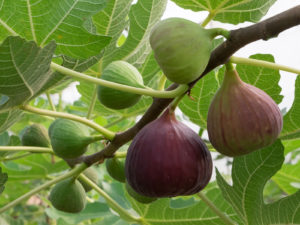
Figs were brought into American continent by explorers from Spain while the world primary producers are Greece, Turkey, Spain, Portugal and California. Some varieties of figs give two crops a year.
It is also worthy to note that early figs in spring time seem tender and quite juicy. Other later figs are harvested in later fall or summer.
Turkish stevedores even used to include figs in their diet when mechanical aids were not readily in place back in the days and this brought about the popular saying, “He’s as strong as a Turk.”
Apart from the muscular strength the figs provide as some of the benefits, figs provide other medicinal values that make them quite useful to the health.
According to Nature and Garden, the fig tree (Ficus carica) produces the fig fruit, a kind of species which originated from Syria, Afghanistan and semiarid Mediterranean area, and has so many health benefits.
YOU MAY LIKE: Foods That Slow Aging
Percentage composition of figs
Below is the percentage (%) composition of figs (Nutritional)
Fiber = 3.30%
Minerals = 0.660%
Fat = 0.300%
Protein = 0.750%
Carbohydrates = 15.9%
Water = 79.1%
PROPERTIES AND INDICATIONS OF FIGS
From the information above, we can see that figs are highly rich in carbohydrates.
Carbohydrates compose 15.9% by weight which are made up of simple sugars or monosaccharaides (fructose and glucose) and also small amount of disaccharides. It also shows that their protein proportion is not up to 1% and the fat is just 0.3%.
However, figs are quite rich in vitamins E, B6, B1 and B2. Vitamins A, and C are lacking in figs but the prominent nutrients in minerals are potassium, magnesium, calcium, and also iron.
There are other elements; trace elements such as copper, zinc and manganese are also present.
The following are some of the health benefits of figs:
- Constipation: Here, they act as prunes, they soothe the digestive tract. Fresh figs and dried figs are useful when it comes to slow intestinal peristalsis.
- Nutritional Need: Figs in any form are quite good because they are highly recommended in cases of anemia, fatigue as a result of psychological factors.
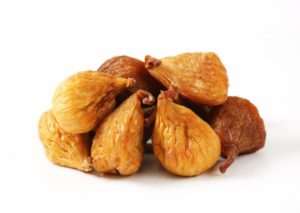
Pregnant women, lactating mothers, adolescents, athletes and others who get involved in some activities find figs very nutritious and invigorating.
- Bronchial Disorders: Another benefits of figs is that they fight infections. Figs, whether dried or fresh or no matter how they are prepared help relief cough, promote expectoration, facilitate and also soothe the respiratory tract.
They are highly recommended in cases of bronchitis.
It is noteworthy that dry figs medicinal effects on the digestive tracts, and the bronchial passages are quite effective than the fresh figs.
Composition of fig as per 100 grams of raw edible portion
Energy = 74.0 kcal = 310 kj
Fiber = 3.30 g
Carbohydrates = 15.9 g
Protein = 0.750 g
Vitamin A = 14.0 µg RE
Vitamin B1 = 0.60 mg
Vitamin B = 0.050 mg
Niacin = 0.500 mg NE
Folate = 6.00 µg
Vitamin B6 = 0.113 mg
Vitamin B12 = NIL
Vitamin C = 2.00 mg
Vitamin E = 0.890 mg α-TE
Calcium = 35.0 mg
Magnesium = 17.0 mg
Phosphorus = 14.0 mg
Iron = 0.370 mg
Potassium = 232 mg
Zinc = 0.150 mg
Saturated Fat = 0.060 g
Total Fat = 0.300 g
Sodium = 1.00 mg
Cholesterol = NIL
The following information above is based on the percentage daily value provided by 100 grams of figs (on a 2,000 calorie diet).
SEE ALSO: Health Benefits of Watercress
More on Health Benefits of figs
Ancient civilization had had figs as one of the most important fruits in their diets. Black figs, green figs or violet figs have so many surprising benefits in vitamins and minerals which help fight and prevent diseases.
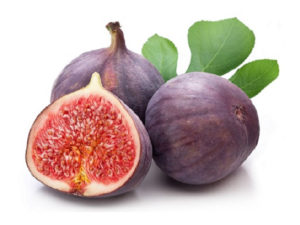
Considering the fig’s richness in carbohydrates, protein and fiber, figs are very easy to digest and at the same time quite laxative and nourishing. It is highly recommended in cases of constipation.
- Figs are quite soothing and emollient: figs help soothe, active against hoarse voice and cough especially in cases of cold or pneumonia.
- Figs are effective against abscessed teeth and some sort of inflammatory conditions. Applying figs as a poultice especially between gum and cheek will help ease or alleviate pain
- Sap from fig tree leaves help fight warts and corns. This is because the fig tree secretes some effective enzymes that will fight against warts and corns. With this application, it will help make them disappear.
PREPARATION AND USE
- Fig cakes: They can be prepared from dried figs, aromatic herbs and almonds. They provide enormous energy and are quite invigorating to every part of the body.
- When boiled in milk: This is an excellent cough remedy when prepared in a half-liter of milk. You will only take a half-dozen dried figs and cook them in the half-liter of milk. When a few spoonful of honey are added, it is quite expectorant.
- Fresh: To enjoy their flavor and sweetness, figs must be tree-ripened. To avoid them not being fully ripen, they should not be harvested green. It is noteworthy that fresh figs are only available in the market only for a few weeks a year. This is because, there is always difficult in transporting and storing them.
- Dried: About two thirds of their water must have been lost when they are dried. The water help concentrate their vitamins, minerals and sugars. To rehydrate before eating, try soaking them over night. They are readily available throughout the year
Figs can be consumed raw, dried or cooked
There is difference in nutritional values and content which is dependent upon whether they are consumed raw, fried or cooked. Be that as it may, dried figs give 300 kcal per 100 grams, fresh figs give 65 kcal/100 g.
FOR MORE ARTICLES, CONSIDER READING THE FOLLOWING BELOW
Health Benefits of Blueberries

A graduate of Computer Science and Information Management Technology. Diploma – Caregiving, Certificates – Dementia and Diabetes Awareness and Management. A researcher, blogger, songwriter, singer and acoustic guitarist. Born in an environment where natural talents such as healing are imparted at our natural birth. This natural talents of healing is the result of our genetic inheritance and the training from family environment.

